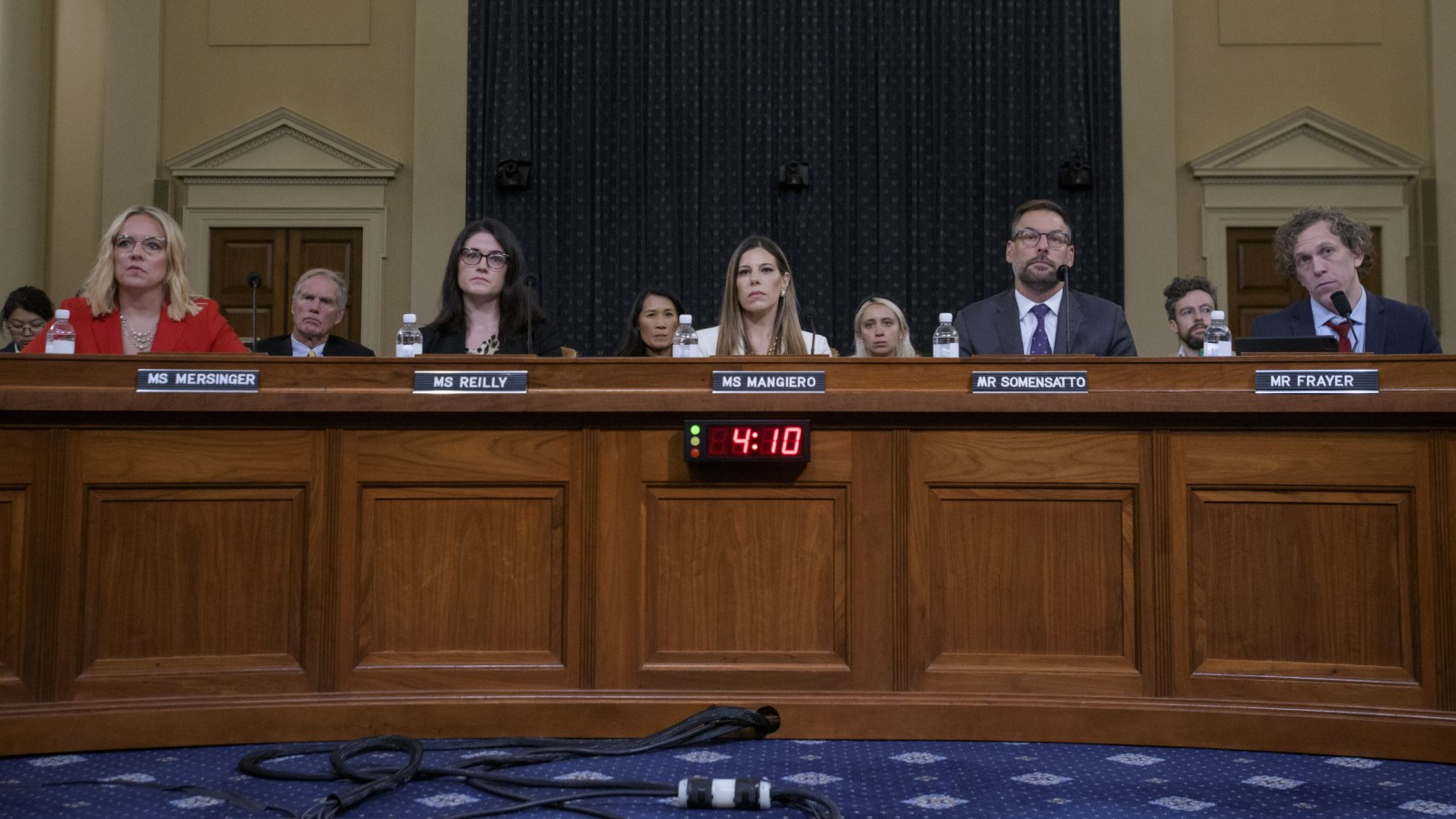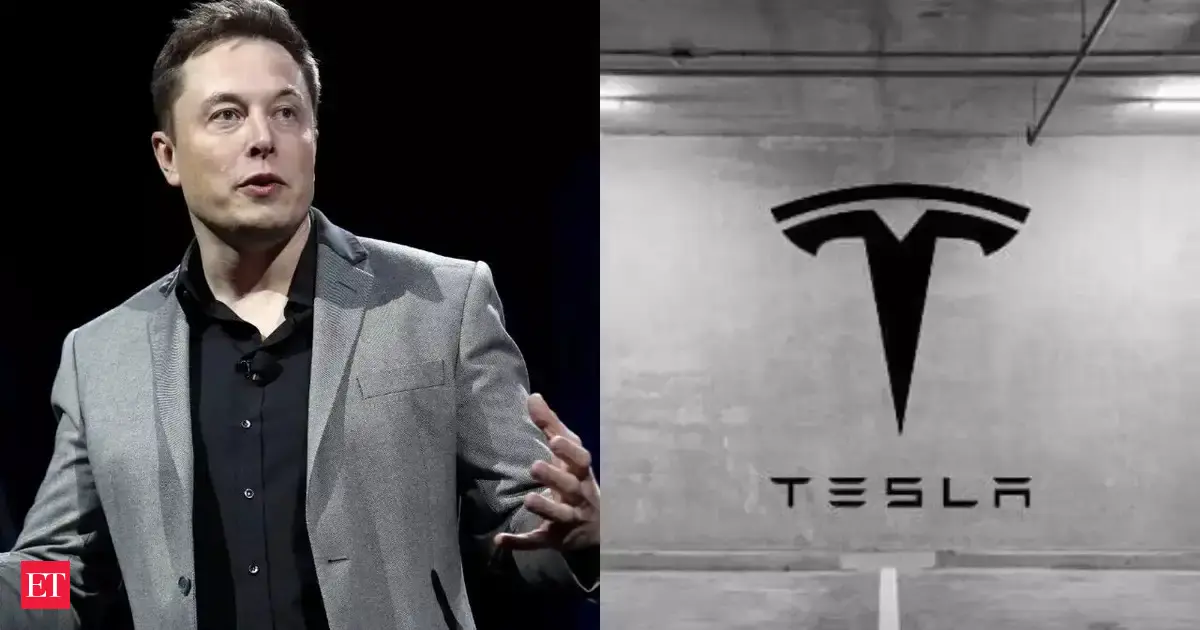By Annabelle Huang
Copyright newsweek

From Washington to Wall Street, a new reality has set in: digital assets and blockchains are no longer fringe experiments. Banks are piloting tokenized deposits and settlement rails. Asset managers are launching digital asset offerings. Policymakers are drafting rules that assume this technology is here to stay. The world is showing up. This is good news, but now comes the hard part. We have to make sure the technology is ready for it.The next phase of crypto’s growth won’t revolve around sleek marketing or speculative manias. It will be determined by boring (but measurable) metrics like throughput, finality and cost. Put simply, blockchains must become so efficient and reliable that companies can’t resist integrating them into their systems.Big Impact in a Short TimeThis isn’t just a technical story for me. I grew up in southern China and came to the United States as a teenager to study math and finance at Carnegie Mellon. Numbers were a source of certainty, of objectivity. Despite my love for research, I balked at the idea of spending years studying for a Ph.D. I wanted to make a big impact possible in a short amount of time, to get my hands dirty. So I went into trading.On Wall Street, there’s nothing subjective about your performance: your PnL speaks for you. That suited me perfectly. I loved the discipline of markets, where even the most elegant theory has to survive contact with reality. But I also saw the limitations of legacy infrastructure. Settlements dragged. Data lived in silos. Every improvement felt like a patch, not a breakthrough. When I discovered crypto in the early days of DeFi (decentralized finance), all kinds of crazy experiments were popping left and right, and it felt like seeing the early internet all over again: a raw but powerful system that could fundamentally rewire finance.New Technology Means New ProductsI left traditional finance for DeFi and joined AirSwap, one of the earliest decentralized exchanges. We tried to implement traditional finance systems to blockchain, like order matching between market makers and takers, but then another decentralized exchange called Uniswap launched, and it made the decision of removing market makers altogether (instead, users trade against a so-called liquidity pool).This was a big “aha!” moment for me. Here was a platform that allowed users to buy and sell cryptocurrencies without the help of intermediaries, like a bank or a broker. For the first time, you could trade without a counterparty on this decentralized exchange. The rules of the market were encoded in an open-source software; everyone could check the code out to see how it worked. It was clunky, yes, but it was also something entirely new. And this innovation was only possible because of the way blockchain infrastructure worked.What else could we do with this infrastructure? The question carried me through my early years in crypto. The decentralized finance ecosystem was still very illiquid, so I decided to build Amber Group, a crypto wealth management firm, to focus on liquidity provision. We managed to grow Amber’s AUM to $5 billion at its peak. At Amber, we experimented with Web3 rails, sometimes succeeding, sometimes failing, but always pushing the envelope. Every new blockchain innovation became an opportunity to approach finance in a novel way.From Phone Booths to iPhonesMy experience at Amber Group showed me that crypto infrastructure still isn’t ready for the level of efficiency that institutions are going to demand. The technology has come a long way, but if banks, asset managers and fintechs are truly going to run on-chain, then the rails need to perform like core financial plumbing. Speed and finality must improve, with latency shrinking toward sub-second interactions. Cost must not only be low but predictable, since enterprises plan around certainty as much as price. Mature rails should be simple (almost boring) at the surface, but elegant underneath it all.We shouldn’t underestimate the benefits that would come from integrating blockchain infrastructure to our financial system. We need to think of it like a hardware upgrade. Switching from phone booths to iPhones didn’t just improve call quality; it unlocked entire new ways of living. The same happened when Wall Street shifted from paper tickets to electronic trading. Blockchains, if they perform, can do that again: not just replacing what exists, but enabling what has never been possible.The Ripple EffectThrough it all, what drives me is not abstract performance metrics but impact. How does this technology change things for you and me? Can it make transactions cheaper and faster? Can it develop completely new markets? Can it give individuals more control over their assets? Can it expand the realm of financial opportunities for ordinary people, inside and outside of the United States?If we get this right—if we make the rails strong enough for the financial system to run on—then the ripple effects could be felt for decades, all around the globe. Institutional demand is real. Public interest is real. The reputational moment has arrived. It will not be won with rhetoric but with performance. Rails must be fast, cheap, reliable and safe enough to fade into the background.When the world shows up, you don’t need fireworks. You just need the numbers to work.Annabelle Huang is the co-founder and chief executive officer of Altius Labs, a blockchain infrastructure company (backed by Founders Fund and Pantera) that focuses on solving execution performance bottlenecks.



